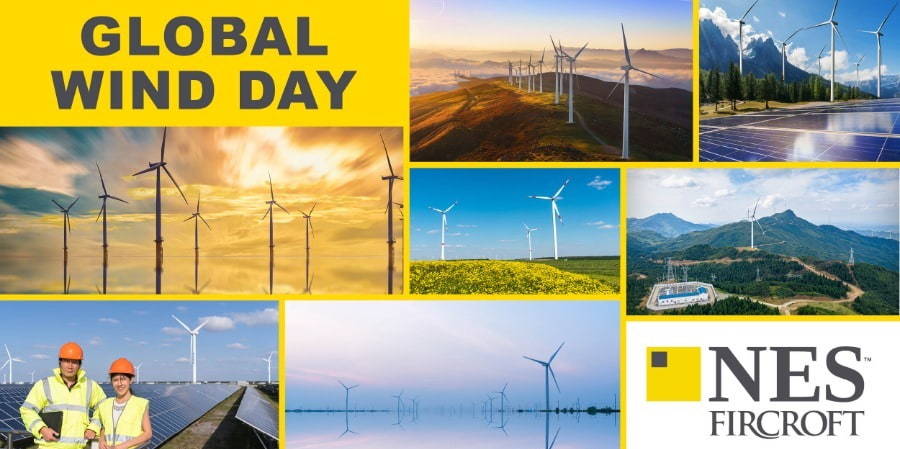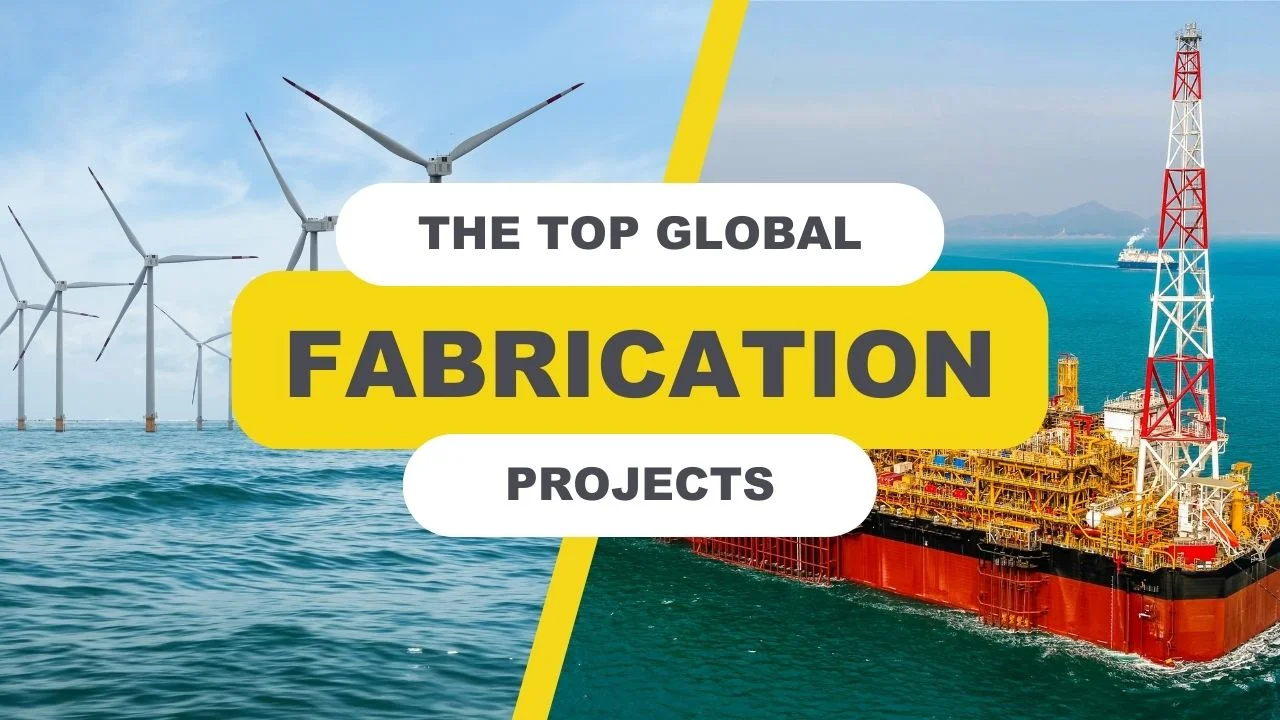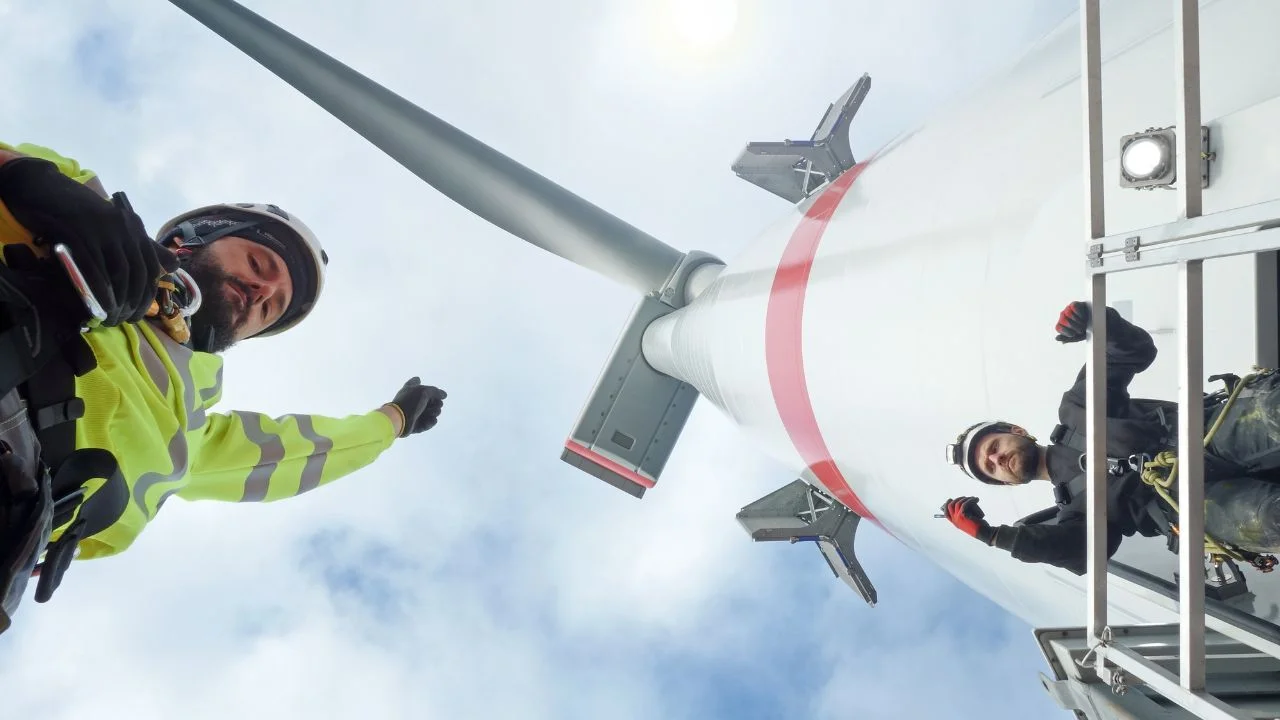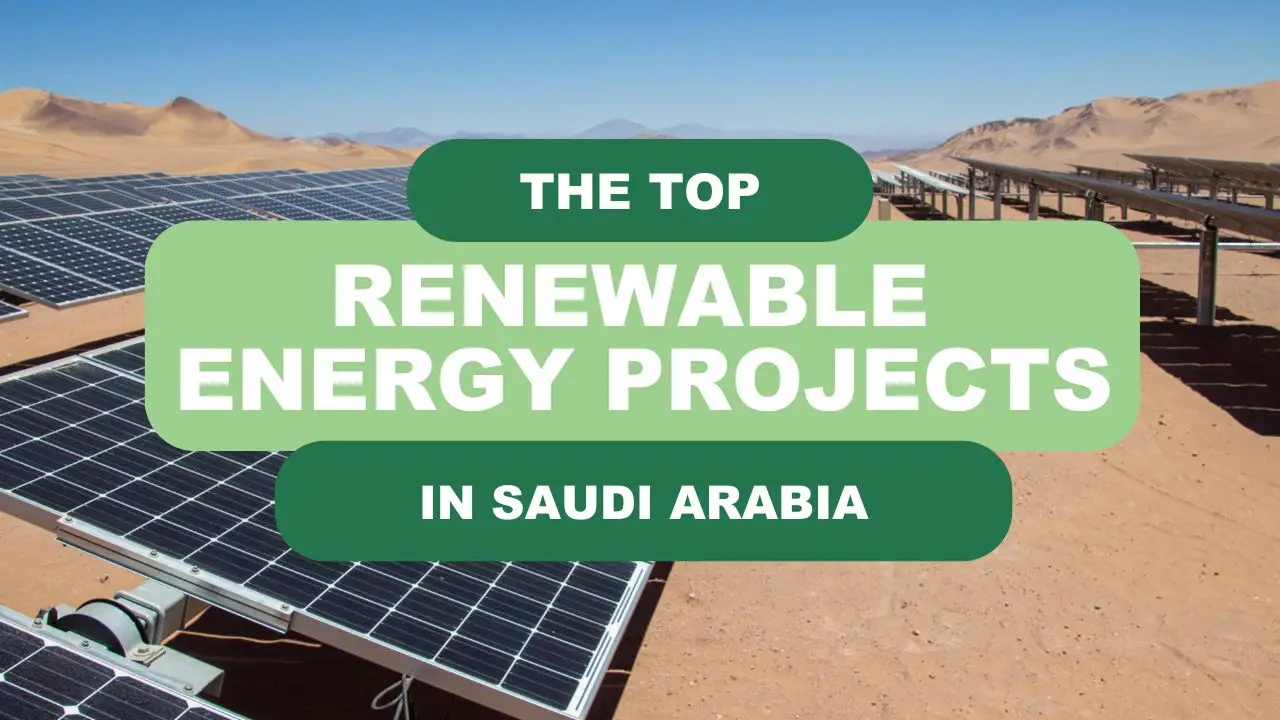The Power Of Wind – How Is Wind Energy Evolving?
14 Jun, 20214:15Achieving a net-zero future is high on the priority list for most governments and wind ...

Achieving a net-zero future is high on the priority list for most governments and wind power is tipped to play a large role in meeting global climate targets.
With Global Wind Day on the horizon, what are countries, researchers and energy companies doing to progress the wind sector, boost job opportunities, and decarbonise our economies?
More countries are investing in wind energy
Over the last decade, the number of countries with installed wind capacity has grown significantly - capacity more than quadrupled between 2000 and 2006 and the average offshore wind farm increased in size from 79.6 MW in 2007 to 561 MW in 2018. Currently, China and the United States are leading the way with wind power investments.
Despite the COVID-19 pandemic, China built more new wind power capacity in 2020 than the whole world combined in the year before. A study, by Bloomberg New Energy Finance, stated that China led the world’s greatest ever increase in wind power capacity as developers built almost 100GW worth of windfarms last year – which is a rise of nearly 60% in 2019.
To put this growth into perspective, China built more than half of the world’s total new wind power capacity in 2020.
China’s wind power investment growth has been closely followed by a surge in the USA. In March 2021, the US announced their plan to ‘catalyse offshore wind energy, strengthen the domestic supply chain, and create good-paying, union jobs’.
In his first week in office, President Biden issued an Executive Order to build a new American infrastructure and clean energy economy. This investment will create millions of new jobs, specifically in the offshore wind industry and will ripple into supply chain industries, such as domestic steel which will be needed to build wind turbines.
Over the coming year, according to Biden’s Executive Order, the government will take the following steps:
Advance wind energy projects to create good-paying, union jobs
Invest in American infrastructure to strengthen the domestic supply chain and deploy offshore wind energy
Support critical research and development and data-sharing.
This growth in investment across the US and China has now far surpassed that of the growth in Europe, and for the first time in five years, Denmark has lost its place as the world’s biggest wind turbine maker.
However, Europe is still a large player in the wind power industry - The Netherlands installed the most wind power capacity in 2020 due to its surge in offshore installations and Norway recorded the largest onshore installations.
Europe is set to install over 105 GW of new wind installations over the next five years to meet the targets set by government climate plans.
Wind energy technologies are advancing at a dramatic rate
On top of a surge in investments, wind power technologies are advancing all the time. A recent development is Floating Offshore Wind – which is predicted to be the next big renewables market.
Traditionally, offshore wind turbines are on fixed foundations, but more recently the industry has embarked on an endeavour to install turbines onto floating platforms that are tethered to the seabed.
This innovation means energy companies and developers will gain access to deeper waters than before, equating to more opportunities for project sites and capacity. For example, currently, around 60% of offshore wind resource in the US are in waters too deep for a fixed foundation demonstrating how much capacity is currently untapped.
Floating Wind is on the cusp of commercial maturity and companies are testing and innovating their technologies to achieve the best platform.
For example, international energy company, Equinor is using experience gained in the oil and gas industry to create its floating wind platform using a ‘spar buoy’ design which relies on gravity for stability. This design extends around 260 feet beneath the surface of the sea meaning it can operate in water depths between 310 and 390 feet. Currently, they’re building the world’s largest floating wind farm, named Hywind Tampen in the Norwegian North Sea, which has a capacity of 88MW and will be the first floating wind farm to power offshore oil and gas platforms.
Another developer advancing floating wind technology is Principle Power – technology and services provider to the offshore wind industry. Their turbine, named WindFloat, uses buoyancy for stability and the first prototype could access water depths of around 131 feet. After a successful 5 years of WindFloat in the open ocean of the Atlantic, Principle Power is now moving onto a new prototype WindFloat 2 which will be much larger than its predecessor by roughly 30 metres in height and 20 metres in blade length.
Wind power is being used in new and innovative ways
Aside from innovations in wind power technology, the industry is also innovating ways in which it can be utilised. For example, energy companies such as Siemens and Shell are currently exploring how offshore wind could be used as a power source to produce green hydrogen.
However, hydrogen production requires around 80-120 GW of energy which could present challenges for Europe’s grid operators. This has led to development of ‘islanded’ hydrogen, which takes hydrogen production off the power grid and pairs it with offshore wind farms.
Prompted by the goals set by the European Union to build 40 GW of green hydrogen electrolyzers by 2030, Siemens Gamesa announced in December 2020 an islanded hydrogen trial in Demark, which began operations in early 2021. The trial plans to connect an existing 3 MW turbine to an alkaline electrolyzer to transfer hydrogen to tankers for use in Everfuel’s hydrogen refuelling stations. This project should produce enough fuel for 50-70 taxis.
Another example of an islanded hydrogen project can be found in the UK, named Dolphyn, which proposes a 2 MW and 10 MW pilot for floating wind turbines with onboard electrolyzers. This project has led to ‘islanded hydrogen’ being considered in National Grid’s Future Energy Scenarios.
James Pipe, NES Fircroft Global Renewables Sales Director said:
‘This is a particularly exciting time for the Wind Energy sector – with innovations happening all the time on a global scale there’s an abundance of opportunity for candidates and companies alike. Investing in wind power is vital as we strive for a net-zero future and NES Fircroft is proud to support the sector as it continues to grow.'
NES Fircroft and the Wind Industry
NES Fircroft is a global leader when it comes to finding the best talent for the renewable energy industry.
If you’re looking for skilled personnel for your wind project our discipline-specific consultants can support all stages of your renewable project life cycle, from the funding, design and installation phases through to project management and grid installations. Get in touch with our dedicated Renewable Energy Recruitment teams to find out how we can support your project.
We work on some of the most exciting renewables projects globally, meaning we have plenty of renewable job opportunities for engineers looking to enhance their energy careers.









